Frequently Asked Questions About GoFundMe’s Auto-Created Nonprofit Pages
Why did GoFundMe create donation pages for nonprofits without permission?
GoFundMe used publicly available IRS data to automatically generate over 1.4 million donation pages for U.S. nonprofits. The company says this was meant to make it easier for donors to give to verified organizations—but nonprofits were not informed, consulted, or asked for consent before these pages went live.
Is it legal for GoFundMe to use my nonprofit’s name and information to create a fundraising page?
Technically, yes—it’s legal to use publicly available nonprofit information to create listings or fundraising pages. But legal doesn’t mean right. Many nonprofit leaders argue that this rollout ignored consent, transparency, and collaboration, which are essential to maintaining donor trust.
How can I tell if my nonprofit has one of these GoFundMe pages?
Go to GoFundMe’s nonprofit directory and search your organization’s name or EIN. If you find a page using your name, logo, or EIN, that page is collecting donations under your nonprofit’s identity.
What data did GoFundMe use to create these pages?
The data comes from the IRS’s public database of registered charitable organizations. It includes (often outdated) nonprofit names, EINs, and public addresses.
Does every U.S. nonprofit have one of these auto-generated GoFundMe pages?
Not all—but most 501(c)(3) organizations listed in the IRS database now have one (including nonprofits that are already GFMP customers!) If your organization appears in the IRS registry, you should check to confirm whether a page exists.
About donations and fees
If someone donates to my nonprofit through GoFundMe, will I receive the money?
Yes, but only if the donation successfully transfers through PayPal Giving Fund (PPGF) or you're an existing GFM customer. If your nonprofit hasn’t claimed its GoFundMe Pro page or linked a PayPal account, the funds may be delayed or unclaimed for months.
How long does it take to receive donations from GoFundMe Pro or PayPal Giving Fund?
PayPal Giving Fund donations can take up to five months to be disbursed. If your organization isn’t enrolled in PPGF, GoFundMe may hold the funds or redirect them if they can’t confirm your nonprofit.
What fees or tips are being charged to my donors on GoFundMe pages?
Originally, GoFundMe Nonprofit Pages automatically defaulted to add a “tip” for GoFundMe—typically 16% for one-time donations and 5% for recurring gifts. Donors could change the amount, but nonprofits could not adjust or remove this setting unless they became customers. GoFundMe rolled that back as a result of nonprofit backlash, and now they require consent before any tip setting is included.
Does my nonprofit get access to donor data from GoFundMe donations?
No. Unless your organization is a GoFundMe customer or the donor shares their information with PayPal Giving Fund, you will not receive donor names, contact information, or communication permissions. This is similar to the way it works with Meta's fundraiser pages.
Can I refund a donor who gave through a GoFundMe page?
Not directly. All refunds must go through GoFundMe’s support team and are processed under their Terms of Service.
Claiming or removing your page
How do I claim my GoFundMe nonprofit page?
Visit https://www.gofundme.com/charity/claim/search and follow the instructions to claim your page. Be aware that the verification process is set up so that it's possible for anyone to claim any page, so act quickly to prevent misuse.
Can anyone claim my nonprofit’s page? What happens if someone else claims it first?
Unfortunately, yes. As of this writing, there is currently no transparent identity verification process. If someone else claims your page, they become the page’s admin—and only GoFundMe can remove or reassign access after that.
What should I do if I don’t want GoFundMe to host a donation page for my nonprofit?
You can submit a request to GoFundMe Support to have your page removed. Be specific: include your nonprofit’s name, EIN, and a request to permanently delete or deactivate your listing.
If I claim my GoFundMe page, does that mean I have to become a GoFundMe Pro customer?
No. Claiming your page does not require a paid subscription. However, GoFundMe may try to upsell you on GoFundMe Pro features once you’ve claimed it.
Does claiming my page mean I’m endorsing GoFundMe Pro?
No. Claiming your page simply protects your organization from unauthorized access or misrepresentation. It does not imply endorsement or partnership.
About PayPal Giving Fund
What is PayPal Giving Fund, and how does it relate to GoFundMe?
PayPal Giving Fund (PPGF) is a nonprofit organization that processes donations for third-party fundraising platforms like GoFundMe and Meta. When donors give through GoFundMe, the funds go to PPGF before being distributed to your nonprofit.
How do I check if I have pending donations through PayPal Giving Fund?
Log in to your nonprofit’s PayPal account, then go to the PayPal Giving Fund dashboard to view pending or completed donations. If your organization doesn’t have a PayPal account, you can create one with your EIN to see if funds are waiting.
Do I need a PayPal account to receive donations through PayPal Giving Fund?
Yes. Without an active PayPal account, PPGF cannot transfer funds directly to your organization.
SEO, Visibility, and Donor Trust
Why are GoFundMe pages ranking higher than my nonprofit’s website on Google?
GoFundMe’s domain has extremely high authority and SEO performance. When they created millions of new pages using nonprofit names, those pages began outranking official nonprofit websites for branded search terms like “donate to [your organization].”
How do these GoFundMe pages affect my nonprofit’s SEO and visibility?
They compete directly with your own donation pages, drawing traffic and donations away from your site. This also impacts your AEO (AI Engine Optimization), since AI search tools often reference higher-ranked domains as “official” sources.
What is AEO (AI Engine Optimization), and why does it matter for nonprofits?
AEO helps AI-powered tools (like ChatGPT, Perplexity, or Gemini) understand which website is the most authoritative source for your organization. If GoFundMe outranks you, AI may present their page—not yours—as the primary way to donate.
How can I protect my nonprofit’s online reputation and donor trust after this?
Claim your GoFundMe page (or request removal), strengthen your SEO, and clearly communicate donation links to your supporters. Transparency builds trust.
Ethical and Strategic Questions
Is this the same as Facebook or Instagram fundraisers?
Not quite. While Meta properties Facebook and Instagram also process donations through PayPal Giving Fund, they did so with announced partnerships and consent mechanisms. GoFundMe’s rollout happened without warning or collaboration.
Does GoFundMe Pro benefit nonprofits in any way?
Some small nonprofits may receive donations from new donors. However, without donor data, direct stewardship, or control over messaging to your donor base, most organizations see minimal long-term benefit.
What does “reselling your mission” mean in this context?
It means GoFundMe is leveraging your name, logo, and charitable mission to monetize your impact to benefit their for-profit model.
What are the risks of doing nothing about this GoFundMe page?
If you ignore your GoFundMe page, someone else may claim it, donations may be delayed or lost, your SEO ranking could drop, and your donor data will remain in GoFundMe’s hands, not yours.
What should I tell my donors if they find the GoFundMe page before I do?
Thank them for their generosity, then explain that donations through your official website go directly to your organization. Share your official donation link and clarify that GoFundMe is a third-party platform.
What fundraising platforms actually prioritize nonprofit ownership and transparency?
Platforms like Funraise are built specifically for nonprofits—ensuring full data ownership, transparency, and customizable donation experiences.
Action and Next Steps
Should my nonprofit claim the GoFundMe page or have it removed?
If you want to prevent unauthorized access or redirect donations quickly, claim the page. If you prefer not to be associated with GoFundMe, request removal. The key is to take action to protect your organization.
Who should I contact at GoFundMe for support or removal requests?
Submit a support ticket through GoFundMe Support with your EIN, organization name, and a written request to delete or transfer your page.
What can my nonprofit do to make sure we stay in control of our donor data in the future?
Use fundraising platforms that give you full data ownership, verify integrations, and never create pages or fundraising campaigns without your consent.
Pro Tip: Bookmark this article and share it with your team. GoFundMe’s changes may evolve, and being proactive will help protect your nonprofit’s donors, dollars, and digital presence.



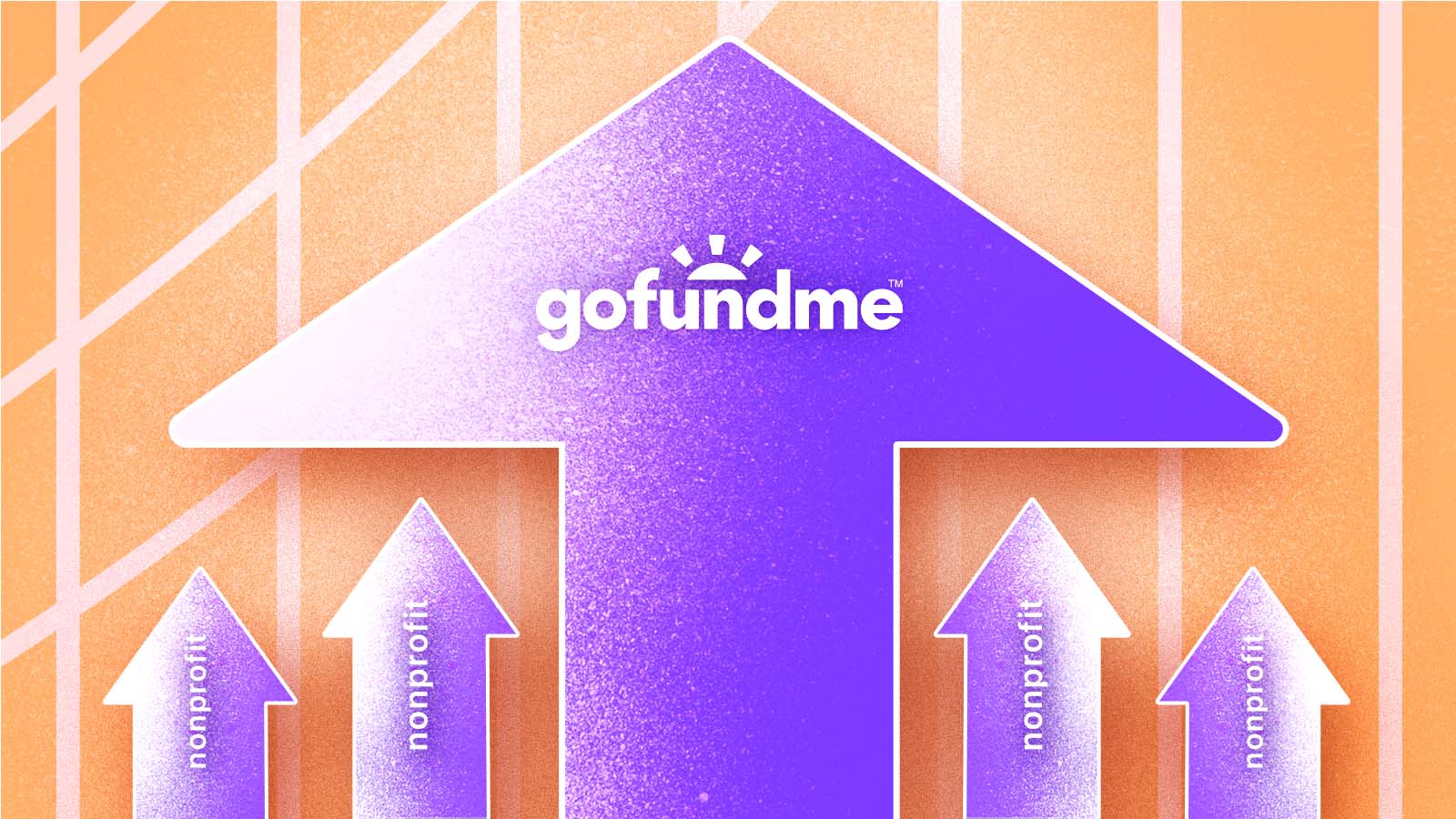


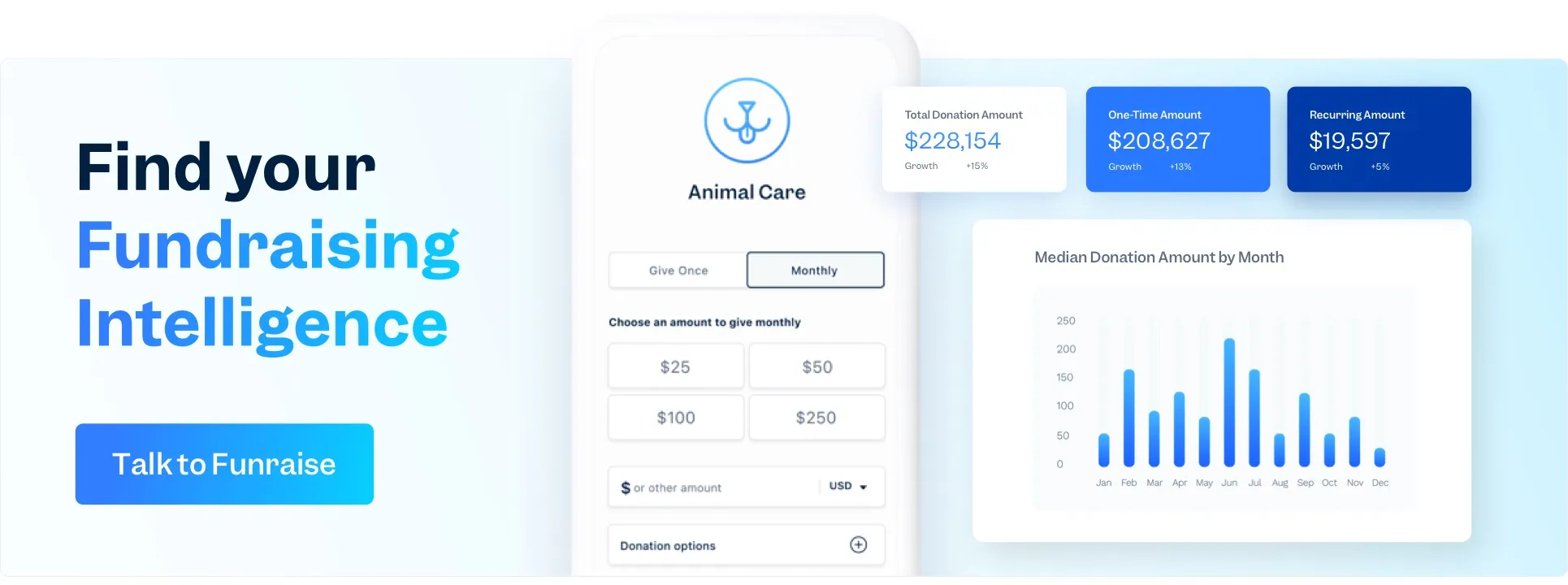

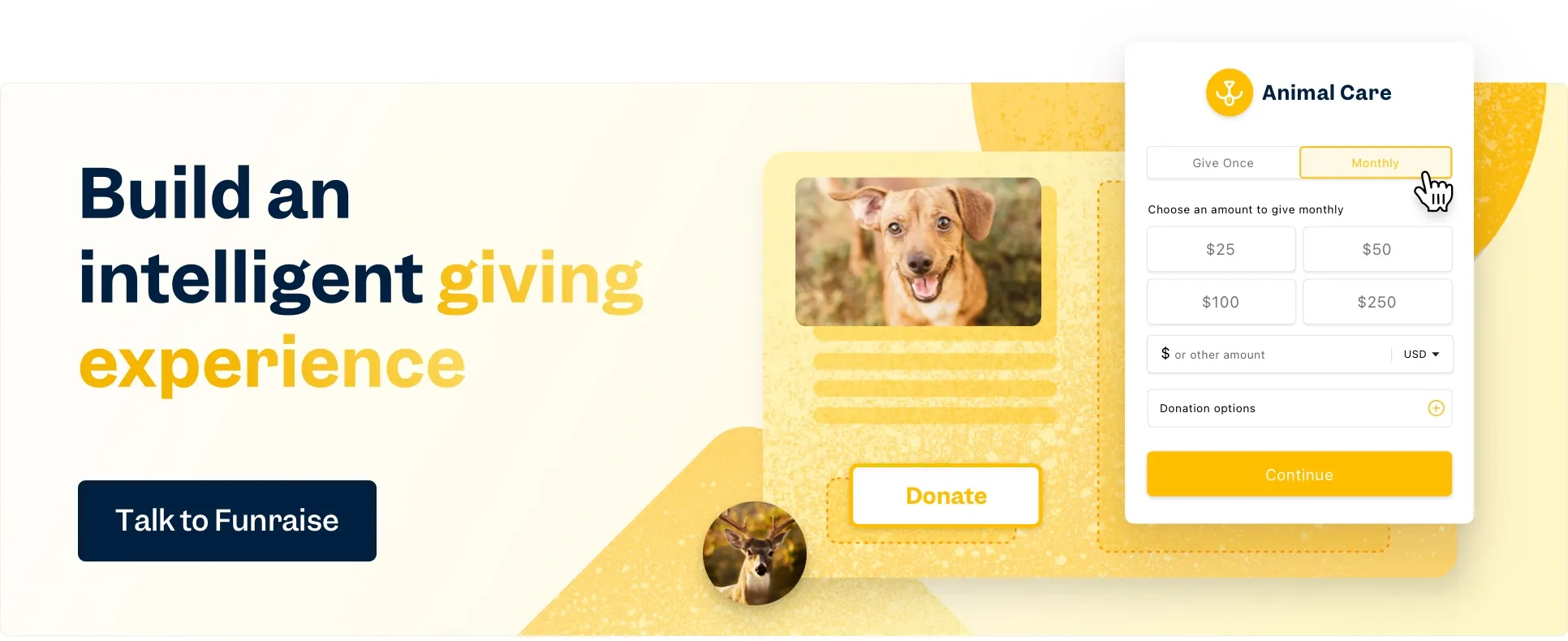





















.webp)
.webp)








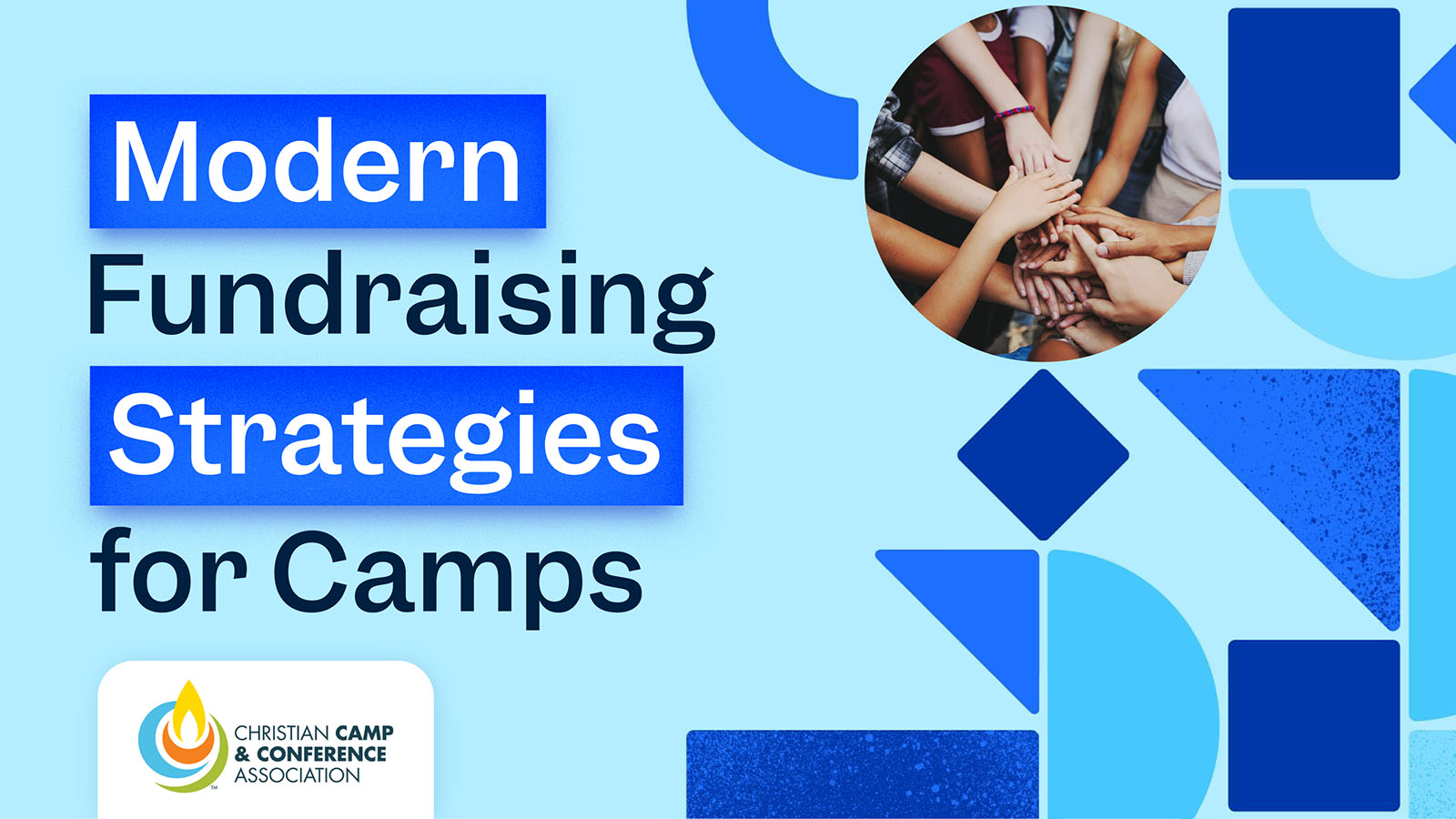
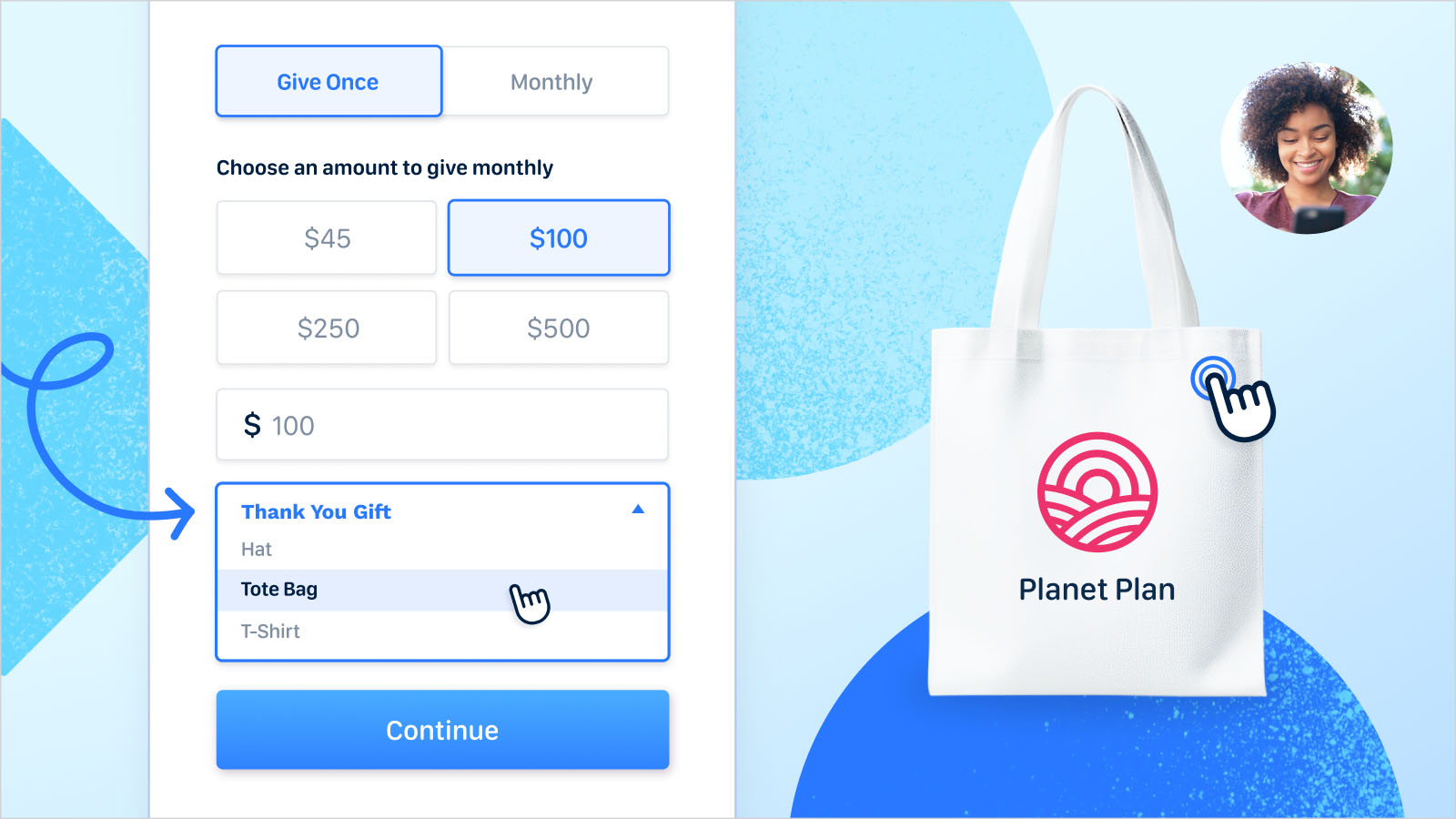
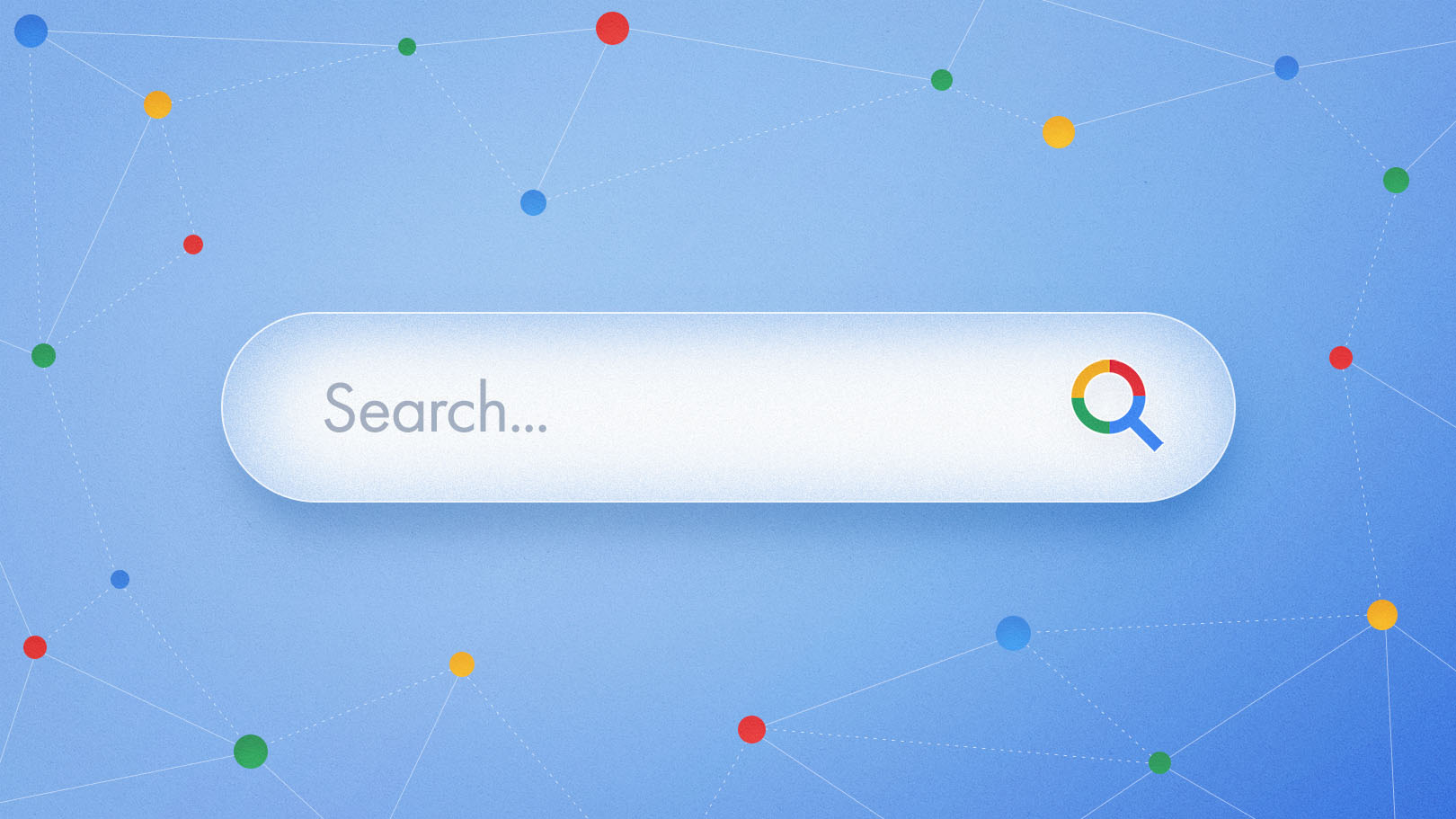
.webp)
.webp)

.webp)
.webp)
.webp)




